Pattern Trade Marks in Fashion. The EU General Court Deny Louis Vuitton’s White-and-Blue Damier Azur Trade Mark Claim of Acquired Distinctiveness
In an EU decision given today, the General Court has denied Louis Vuitton’s trade mark claim of acquired distinctiveness through use of ‘Damier Azur’ pattern. Providing more insight into the landscape of non-conventional trade marks in fashion.

Fashion's Reverse Take on Counterfeiting!
For a long time, luxury brands looked with a certain contempt on street culture, which practiced notably the bootleg [the mixture of the authentic and the fake, and more generally the piracy], but it is today the most consumed culture on social networks.
The EU General Court Has Extinguished Louis Vuitton Rights To Exclusively Use Its Trademarked Chequerboard Logo.
The European General Court dished out a double blow to LV last week, canceling two trademarks belonging to the luxury brand that protected its iconic chequerboard print.
